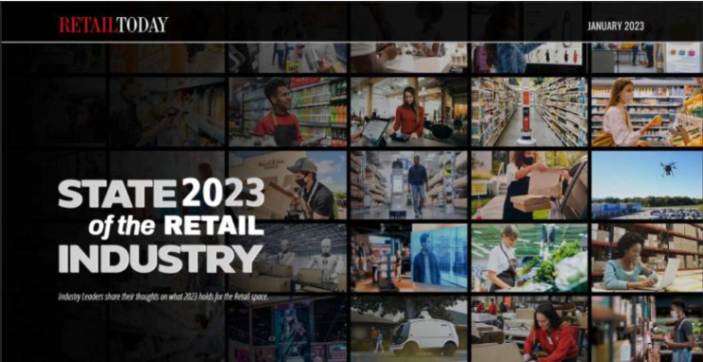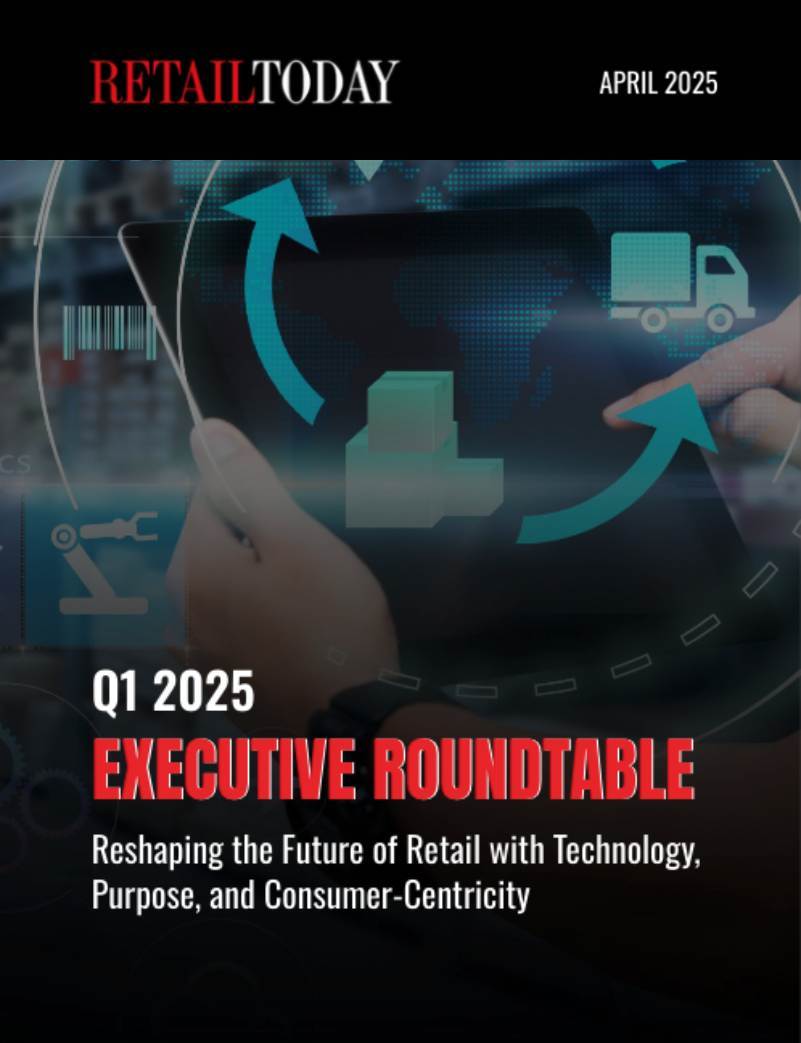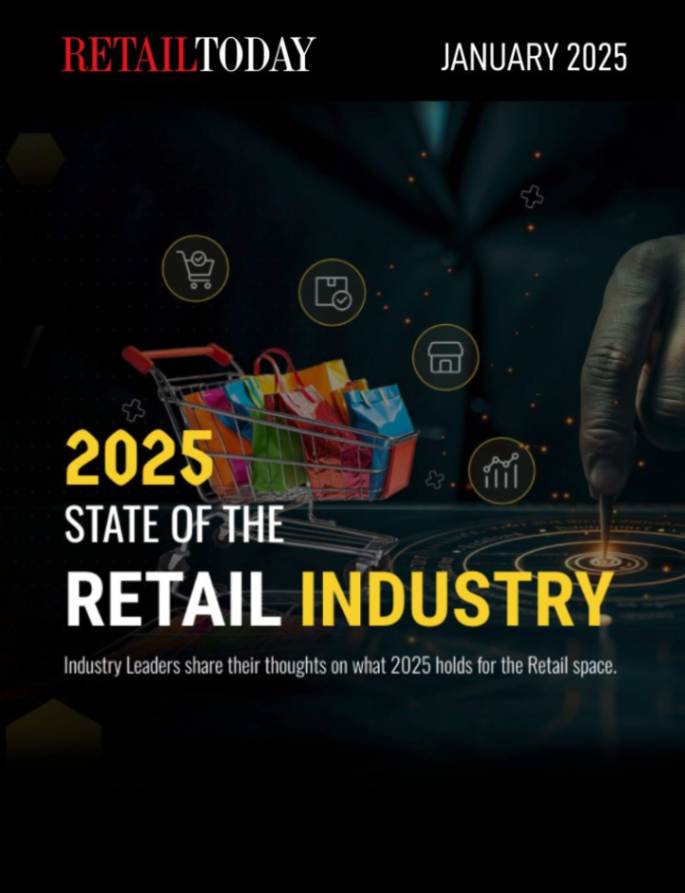
Do you know where all your company’s IT assets are? If not, you’re not alone. With the modern retail ecosystem consisting of both brick-and-mortar and online spaces, employees and devices have spread a wider net than ever before. Many retailers can find it difficult to manage all the IT assets the industry now requires to be successful.
IT asset tracking is an essential process for any organization looking to manage its technology resources efficiently, and it’s more important today than ever before. Here are some of the reasons why:
- Compliance: Retailers are subject to various regulations and industry standards that require them to maintain accurate records of their IT assets. Effective IT asset management reduces the risk of financial penalties or legal issues.
- Security: IT asset management helps retailers keep track of all their IT assets, including hardware and software, ensuring that only authorized individuals have access to sensitive data. This decreases the risk of security breaches and data theft, ensuring compliance with PCI DSS rules.
- Improved Efficiency: Asset management enables retailers to identify inefficiencies in their operation and take corrective actions before bigger problems arise, preventing downtime and saving money.
In today’s market of online shopping, online retailing, and social media marketing, retail businesses need to ensure that their digital assets are fully optimized for use in cross-media retail. To best accomplish this, there are several asset tracking software solutions on the market to consider. This software should be able to track every asset in the organization’s inventory, from laptops and smartphones to software licenses and cloud service subscriptions, in real time. When considering a tracking solution for your business there are several key requirements that must be met:
- Alerts and Geo-Fences. This information can then be used to generate alerts if a device is moved without authorization, or if it goes missing. Additionally, the software should allow users to set up geo-fences so that they can be notified if a device enters or leaves a specified area. In some cases, it may also be necessary to attach tags to the IT device. These tags may use GPS or other technology to provide real-time locations for the IT devices, which can be useful for keeping track of high-value items or for monitoring device movements. Another common method is to use barcodes or RFID tags that can be affixed to devices and read using a handheld scanner. This data can be used to track the location of devices and keep inventory records up to date.
- Reporting and Analytics. The reporting and analytics features of IT asset tracking software are key for understanding how assets are being used, where they are located, and other data points. These reports can be used to improve operational efficiency and optimize the utilization of assets. For example, a report on IT asset usage can help to identify which assets are being used most frequently and which ones are sitting idle. This information can then be used to make decisions about how to best allocate resources. Additionally, reports on asset location can help to ensure that assets are being used in the most efficient way possible. If an asset is constantly being moved from one location to another, it may be time to consider investing in additional units so that the asset can be used more efficiently.
- Automated Returns and Repairs. Handling device repairs and returns in a systematic manner will help your company to keep your business running smoothly. The process to start a return or repair should be directly integrated into the systems and processes you already use. By also capturing accurate address information directly from a CRM, your asset tracking system should generate shipping labels and schedule a pickup of the device from the employee’s site.
- Direct Integrations With Business Systems. IT asset logistics software should be able to integrate with other business systems. This includes ERP, CRM, accounting systems, monitoring and security systems, and shipping and procurement services. Integration allows organizations to automatically share data between different business processes and improve overall visibility into their operations. Integration is key when it comes to effective IT asset logistics. All too often, organizations silo their information, making it difficult to get a holistic view of their technology resources. By integrating your IT asset tracking system with other tools and processes, you can ensure that everyone is on the same page and that important data is not lost in the shuffle.
- Seamless International Shipping & Customs.
International Shipping and Customs is a difficult and often laborious process involving multiple parties, arcane regulation and strange Harmonized System codes that are difficult to decipher. An IT asset tracking system should ideally provide real-time tracking and monitoring of all assets in transit even through international routes. This includes the ability to track the location, condition, and status at each step of the journey. The system should also be able to generate alerts and notifications when assets are delayed or have experienced damage during transit. Additionally, it should integrate with warehouse management and logistics software to ensure seamless tracking from end-to-end.
In conclusion, IT asset management for the retail industry is critical for operational success. Accurate assets data accompanied by streamlined processes allow for improved decision-making and cost savings. Improved governance with asset data will also aid in reducing costly outages and security risks. By investing in an asset management solution, retailers can quickly gain a comprehensive understanding of their assets and make informed decisions based on accurate data.
——————————————————————————-
BIO
Scott Ryan is the CEO and co-founder of Montra. Scott has decades of experience in building and selling companies that develop products in the IT infrastructure and media technology industries. Successful exits include Concurrent Computer, a microcap provider of real-time OS and video delivery software; Senoia Systems, a provider of cloud migration solutions; Asankya Networks, a WAN Optimization software developer, and Elastic Networks, an IPO in the DSL market. His leadership experience also includes running successful teams at storage leader, EMC; networking leader, Nortel Networks; and consulting innovator, North Highland. He has a Bachelor of Science in Computer Science and Theatre, in addition to a Master’s of Business Administration in Marketing, both from Vanderbilt University.






